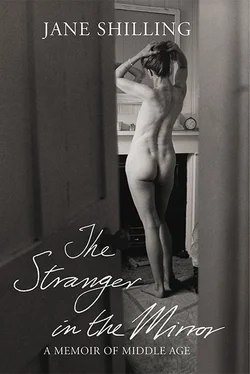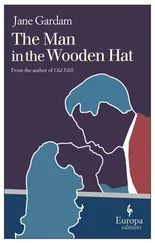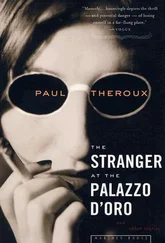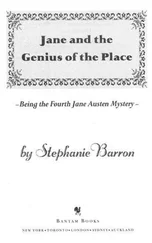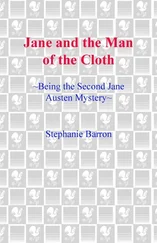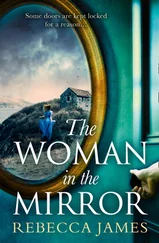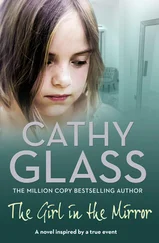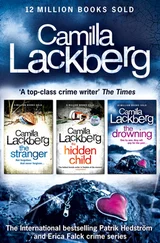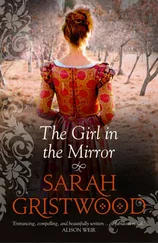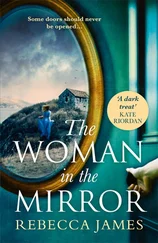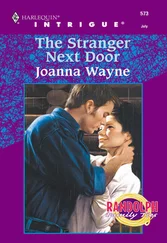‘See the difference there?’ said the Doctor. ‘Ooh, yes!’ said the photographer, unnervingly. Behind my closed eyelids there came flashes of red as he took his pictures of whatever was happening to my face. Prodding, prickling, a sinister flooding sensation around the cheekbone – all this, it suddenly struck me, like a nineteenth-century engraving of a surgical operation, with the Doctor and me still wearing our respective day clothes, swarming with the accumulated bacteria of our journeys to the salon, and me with the remains of my make-up still smeared across my face, coating the point of every piercing needle with traces of Boots No. 7 translucent powder and London grime.
‘There,’ said the Doctor, eventually. ‘That wasn’t so bad, was it? Do you want to take a look?’ In the dimly lit surgery mirror an eldritch figure appeared: wild-haired, the livid grey skin dotted with crimson pinpricks and glassy with sweat; the eyes the only things moving in a face of rigor mortis. ‘It’s great,’ I mumbled, sliding the words through paralysed lips like coins into a slot. Then I fled, head down, grotesque and mortified, for the safety of home.
The outcome of the transformation turned out to be less dire than the process of undergoing it. Once the nerve block wore off and the pinpricks faded, what remained was my own face, almost unchanged as far as I could tell, but for a subtle difference around the eyes and forehead, and two significant alterations: a large blackberry-coloured bruise which appeared on my upper lip, and lingered like the Dark Mark for several weeks, and a fascinating paralysis of the muscles that allow you to furrow your brow vertically, so I could still raise my eyebrows, but could no longer draw them together.
The other legacy, which lasted for about as long as it took the bruise on my lip to fade, was unexpected: a sort of ruefulness that, after all the misgiving about the changing of my face, so little actually had changed. No one noticed any difference (except my son, who wondered about the origins of the bruise but didn’t think, when I explained what I’d been up to, that I looked any younger), and by the time it came to go back to the salon for the ‘after’ pictures to be taken, I was wondering whether to accept Dr Foster’s offer to top up his treatments; intrigued by the idea that my imperfect face might be perfectible; beginning, almost, to wonder whether – even now, so late in the story – my fortunes might be transformed by a change in my features.
The fantasy dwindled along with the mark on my mouth, and got its final quietus when I discovered that my all-but-imperceptible improvements would have cost an ordinary client around £3,000 – enough to carry out the much more urgently needed rejuvenation of my house; more than enough to buy a picture that I had fallen in love with in the window of a Bond Street gallery.
The seductive illusion of self-esteem urged by L’Oréal’s advertising slogan hadn’t worked. What was a plumped and uncreased face worth to me? Less than the cost of a new door frame and some yards of tongue-and-groove panelling. Less than a few square inches of canvas daubed with the stylised representation of a ghostly honesty plant in white oil on a black background. Because I’m not worth it. Or because, though I was nowhere near reconciled even to the very first signs of ageing, in my heart I knew I was entering a realm in which my accounting of my own value had better depend on something – solid bulwarks of love (or at least friendship); beautiful objects to look at; a useful purpose in life – beside the reflection of my face in the mirror.
Some of the time, for quite long stretches – months, even years – I had a fairly robust sense of who I was and the space I occupied. I felt firmly lodged within the envelope of my flesh, like a musical instrument bedded in the velours-lined recesses of its carrying case. On the upper deck of the bus on the way to work, walking to meet a friend, or sitting at my desk I could see myself as though from above: the centre parting bent over a book, the tapping fingers strumming the typewriter keys, the clicking heels striking the pavement, and it seemed to me that I fitted as neatly into my world as a piece into a jigsaw.
But at other times the sharp image would grow cloudy; my sense of who – and more troublingly, why – I was would become vague and drifting. Even during the solid patches, I was accustomed to reinvent myself each morning when I sat before the mirror to sketch on to the blank canvas of my naked face the mask that I turned to the outside world. But in the drifty periods I shouldn’t have been surprised to look in the mirror and see no face reflected there at all.
The habit of making myself up – of having to imagine myself into being before I could go out and face the world – began in childhood, when I did it not with cosmetics, but with books. Each morning I would emerge from sleep to find myself (slightly to my surprise, for I was an avid and credulous reader of fairy stories, whose heroes were always undergoing dramatic shifts of shape or fortune) still here; not turned into a mouse, a seal or a swan, but still inhabiting the same body, still lying between the same sheets, in the same bed in the same room in which I had gone to sleep the night before, with the same noises of the household stirring as its life started up: the rattle of my father riddling the ash out of the boiler; the clink of my mother making tea.
And before life could get at me and begin the daily process of pressing me into a form to suit its own convenience, I would spend the secret moments between waking and getting out of bed deciding who to be: considering a selection of personae borrowed from my reading, just as a grown-up woman might lie in bed mentally reviewing the contents of her wardrobe.
Maria Merryweather from Elizabeth Goudge’s Little White Horse , Pauline from Noel Streatfeild’s Ballet Shoes , Bobbie from The Railway Children , all four of the March sisters from Louisa May Alcott’s Little Women … I spent long periods of my childhood parasitically lodged within one imaginary character or another. It seemed both safer and more interesting than being myself. When adolescence came, rather than vanishing with the games of childhood, the habit of taking cover inside somebody else’s fictional creation – cleverer, more attractive, more competent than myself at tackling the world – became entrenched.
Our school biology lessons addressed the topic of sexual reproduction in terms of the life cycle of the Japanese anemone, rising resolutely above the ripening of the female body in which we were all too obviously engaged. But the public library in my home town held a large collection of Colette’s novels in Antonia White’s excellent English translations, so for my sentimental education as a teenager I was able to rely on Colette’s 15-year-old archetype of female adolescence, Claudine, for whose sweetly perverse fictional memoirs the writer drew on memories of her own village childhood.
In the confusion of puberty it seemed miraculous to have discovered a girl my own age (even if Claudine, having turned 15 in 1899, was technically ten years older than my elder grandmother) whose caprices and anxieties mirrored my own, but (unlike my own) made an orderly, amusing and beguiling pattern.
Her attachment to, and impatience with, her village education and provincial upbringing; her fascination with her own appearance; her erotic skirmishes with her schoolfriends – dress rehearsals for more serious skirmishes to come with male lovers; the passionate sensuality she bestowed without distinction on clothes, stationery, books, her cat, the woods around her village; her storms of temper; her nostalgia for her not-yet-vanished childhood; her abrupt retreat into that childhood when the advance into the Tom Tiddler’s ground of adulthood became too alarming: all these disparate longings were familiar to me.
Читать дальше
